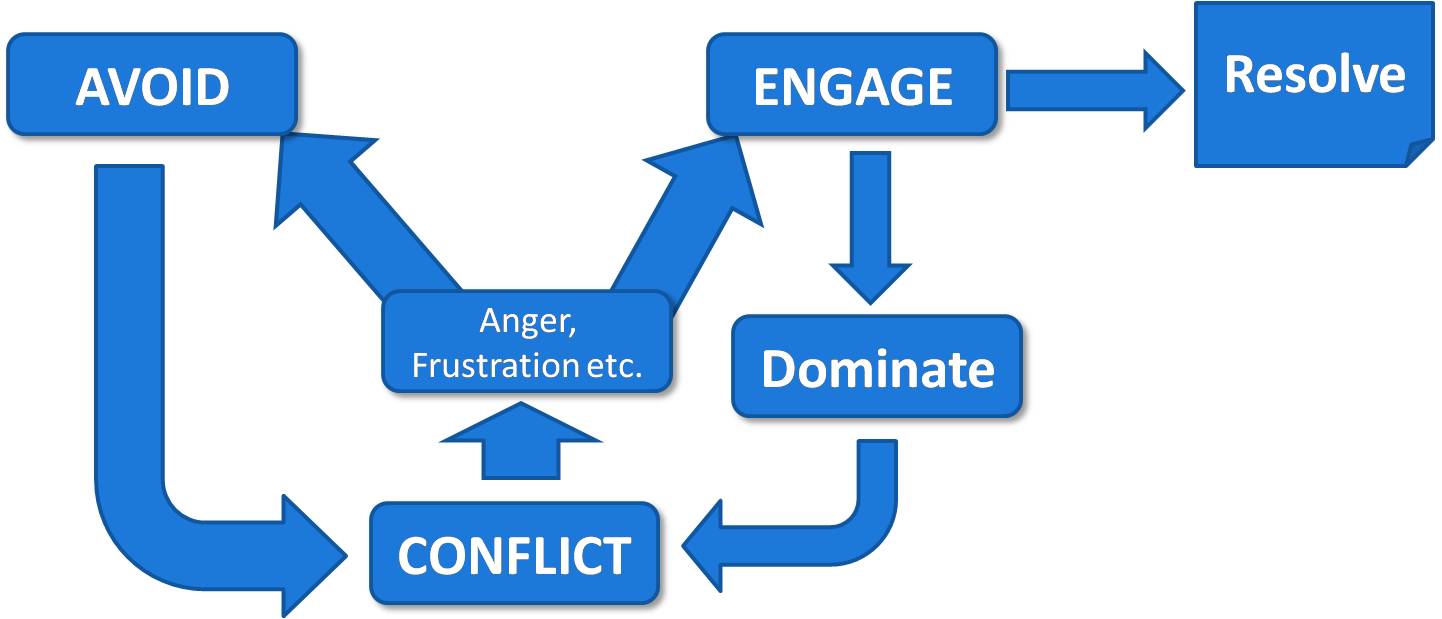Communication And Conflict In The Workplace

The scent of freshly brewed coffee hangs in the air, usually a comforting aroma signaling the start of a productive day. But today, a palpable tension crackles beneath the surface in the office break room. A misinterpreted email, a project deadline looming, and suddenly, a seemingly innocuous conversation escalates into a heated exchange. The usual morning pleasantries are replaced by tight lips and crossed arms, a stark reminder that even in the most collaborative environments, conflict simmers just below the surface.
At its core, workplace conflict often stems from breakdowns in communication. This can manifest in many forms, from unclear expectations and passive-aggressive emails to outright disagreements and personality clashes. Understanding the root causes of these conflicts and implementing effective communication strategies are crucial for fostering a positive and productive work environment.
The Seeds of Discord: Common Causes of Workplace Conflict
Differences in opinion are inevitable, and often, healthy. However, when these differences are not addressed constructively, they can quickly escalate into full-blown conflicts. According to a study by CPP Global Human Capital Report, miscommunication and a lack of clear direction are major contributors to workplace conflict.
Ambiguous roles and responsibilities are also significant factors. When employees are unsure of their duties or how their work contributes to the overall team goals, frustration and resentment can easily breed. Similarly, a lack of resources or perceived unfair treatment can ignite conflict among team members.
Another frequent cause of conflict lies in personality clashes and differing work styles. What one person considers efficient, another may see as abrupt or insensitive. These interpersonal dynamics, if left unaddressed, can erode team cohesion and productivity.
Building Bridges: Effective Communication Strategies
Fortunately, conflict is not insurmountable. By implementing proactive communication strategies, organizations can significantly reduce the likelihood of disputes and equip employees with the tools to resolve disagreements constructively. Open and honest communication is paramount.
Encouraging active listening is a key step. This involves truly hearing and understanding the other person's perspective, even when you disagree with it. Paraphrasing and asking clarifying questions can help ensure that messages are accurately received and understood.
Moreover, establishing clear communication channels and protocols can prevent misunderstandings. This could involve regular team meetings, project management software, or even simply encouraging face-to-face conversations instead of relying solely on email.
The Power of Mediation and Training
In some cases, conflicts may require more formal intervention. Mediation, facilitated by a neutral third party, can provide a safe space for employees to express their concerns and work towards a mutually agreeable solution. A skilled mediator can help guide the conversation, identify common ground, and de-escalate tensions.
Organizations can also invest in communication and conflict resolution training. These programs can equip employees with practical skills for managing disagreements, providing constructive feedback, and navigating difficult conversations. Such training empowers individuals to address conflicts proactively and prevent them from escalating.
“The single biggest problem in communication is the illusion that it has taken place.” – George Bernard Shaw
This quote perfectly encapsulates the importance of ensuring true understanding in workplace interactions. It's not enough to simply send a message; we must actively work to ensure that the message is received and interpreted as intended.
A More Harmonious Workplace
Ultimately, fostering a culture of open communication and mutual respect is essential for preventing and resolving workplace conflict. When employees feel valued, heard, and understood, they are more likely to collaborate effectively and work towards common goals. Creating such an environment requires ongoing effort and commitment from both leadership and individual team members.
Think back to the tension in that breakroom. With improved communication skills and a commitment to understanding each other's perspectives, that situation could have been handled differently. Instead of simmering resentment, a constructive conversation could have led to a resolution, strengthening the team and fostering a more positive and productive work environment for everyone.
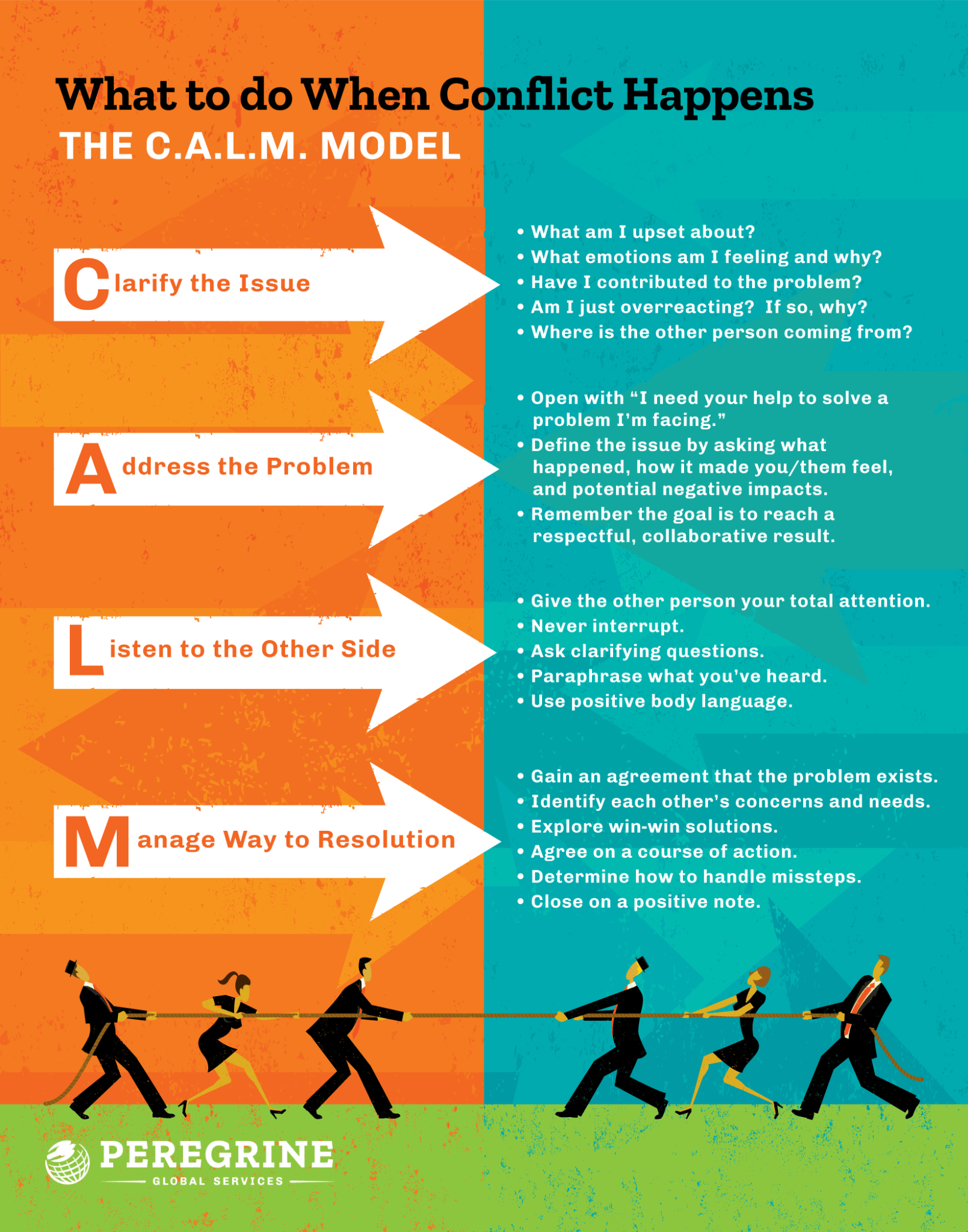



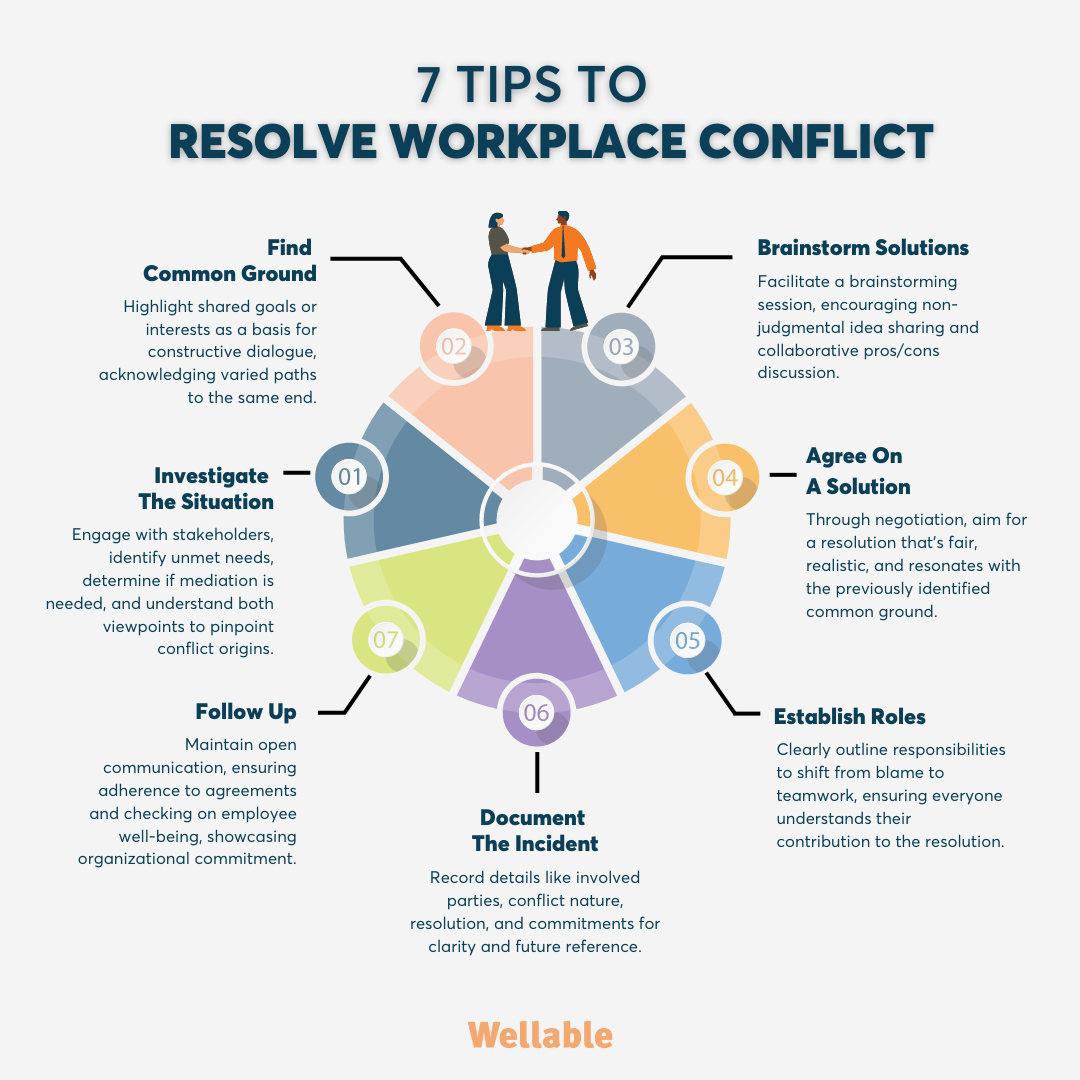
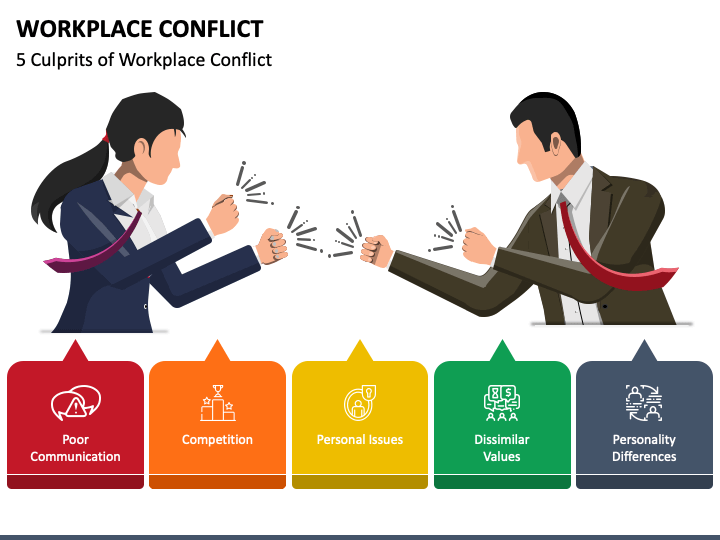

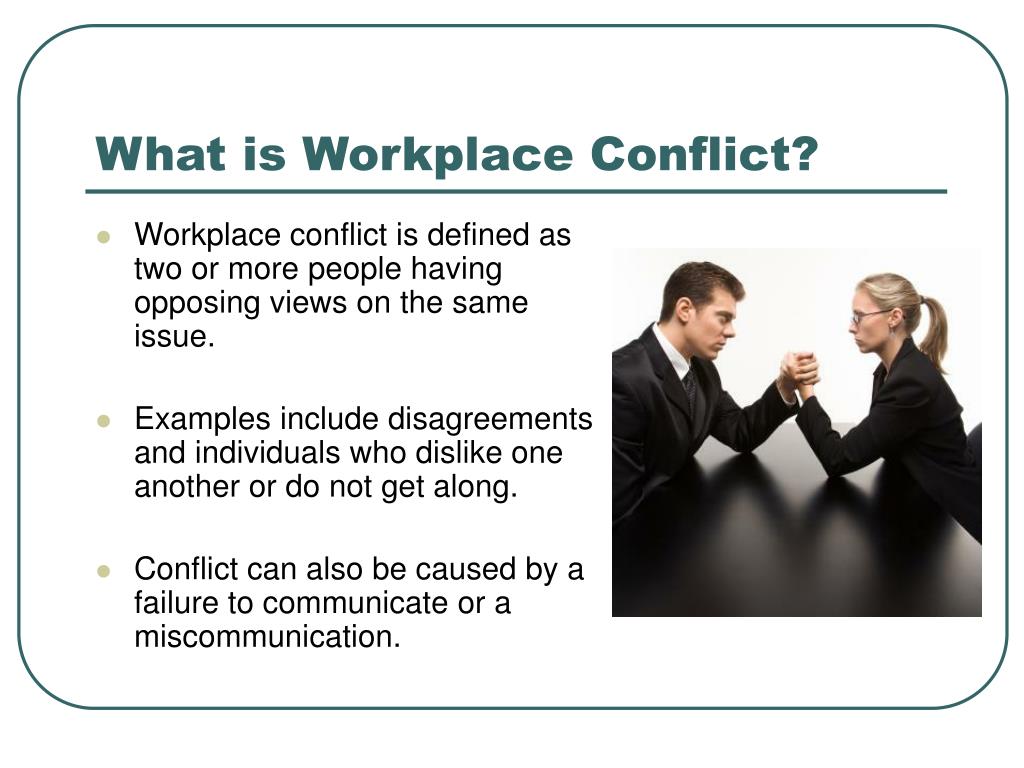
:max_bytes(150000):strip_icc()/GettyImages-1042685060-79ae02fa57374541bf84b728ead79089.jpg)



